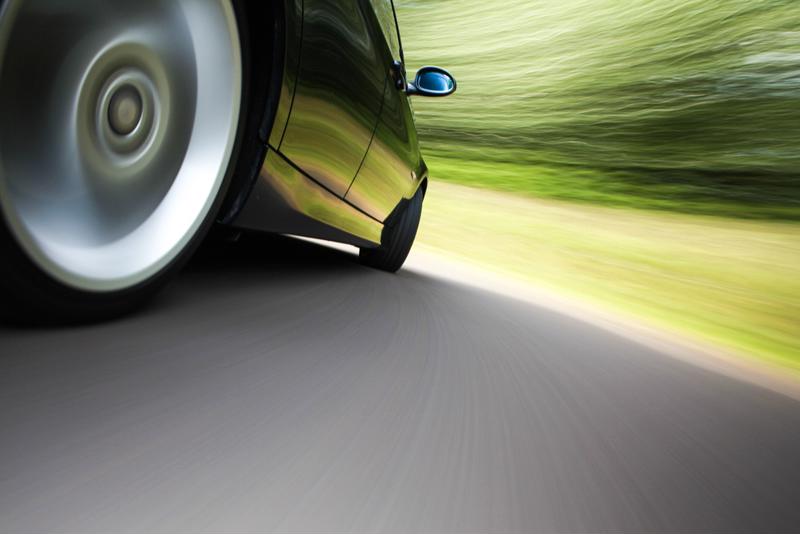

Customizing the automotive driving experience takes on new meaning with BMW's announcement that its new M-series sports cars will feature a braking system that can be configured by the driver - a first for the automaker.
A number of car industry experts are enthusiastic about the BMW integrated braking system innovation. One writer, Andrew Collins of Jalopnik.com, called it "long overdue," saying that braking is such a big part of the driving experience, especially in regard to performance cars, he was amazed that the adjustable braking technology took so long for car manufacturers to implement. As he described it, with a system like BMW's, a car would be able to "brake more or less aggressively, depending on where or how it's being driven."

BMW said their new approach brings three functions together into one compact module - brake boosting, braking control and brake activation. This enhancement alone made it possible for the automaker to reduce the vehicle weight by about four pounds. BMW also improved the car's efficiency with a vacuum-less brake booster coupled with an electric actuator to actively generate the needed brake pressure, on the fly. As a result, the driver benefits from a quicker, more exacting response from the driving stability control system.
How does this translate to actual driving performance? BMW explains that its new system does extremely well at precisely matching vehicle deceleration to a driver's particular needs. The car delivers "sublime pedal feel" under any conditions, they said, including slippery roads, hotter brake temperatures and lateral acceleration. Regardless of changing situations, the driver gets quick, uninhibited feedback and precision metering of braking. Car and Driver reported that BMW's configurable braking system is available for its M8 standard brakes as well as the carbon ceramic option.
BMW came up with two pedal feel settings for drivers to select from - Comfort and Sport. These are intended to vary the amount of pressure needed for braking, according to an individual's preferences. The Comfort setting, as Top Gear speculates, will most likely produce a more "easy going" feel, while Sport will be more performance-oriented, giving "direct, instantaneous response," as BMW describes it.
By design, these two braking options are a perfect complement to BMW's other configurable driving capabilities, accessible by a new setup button on the car's center console. Utilizing that feature, drivers can also control the steering, engine, suspension and M xDrive either with a touchscreen or the iDrive Controller. Similar to the braking configuration, there is a choice of Efficient, Sport and Sport Plus settings, with the ability to permanently store preferred settings such as gearshift characteristics, driving stability control, engine sound and auto start/stop. According to The Truth About Cars, other adjustable settings included a Track mode for the Competition model of the M-series, cockpit display, advanced driving aids and more.
Not all the reviews of BMW's braking breakthrough are unabashedly positive, however. Road & Track described the advance as an "adjustable brake-by-wire system that no one asked for," saying that they felt brake pedal feel was one thing that should remain consistent, no matter what the road conditions were.
Road & Track described the pedal feel options as "long, soft travel" versus "short, grabby feel," and questioned why BMW would put all the time and energy into engineering a multiple-mode brake system, instead of coming up with one that worked across-the-board in a variety of situations.
The Truth About Cars blog offered another critical view, saying that "brake feel isn't something you see a lot of manufacturers messing with." The blog took issue with BMW's position that the unmistakable feeling of an M car is something desired by drivers, suggesting that if the automaker continued tweaking every possible item that had the potential of responding to driver feedback, the BMW product could become watered down, changing the M car driving experience into one that is infinitely variable, "whatever you want it to be in a given situation."
The ultimate test, of course, will be how BMW's new M cars perform in the marketplace. The driving public will have the final say on the automaker's latest braking innovations.
If you are an engineer working on automotive braking systems, ask for a complimentary brake testing consultation from Greening.